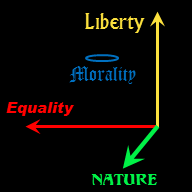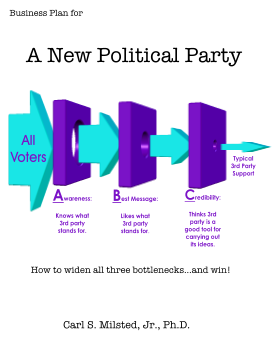Employment is a Trade
The phrase “have a job” is misleading. It implies that employment is a right owned by an employee. It is based on the apparent one-way money flow (from employer to employee) when one looks just at paychecks. In this view employees provide labor in return for money.
On the other hand, “worker exploitation” implies that employers “have employees” with whom they can do as they want, were it not for unions and regulators. This view comes about when just looking at profits. In this view, employers are parasites who suck profits at the expense of employees and consumers.
Both pictures are incomplete and dangerously misleading. Employers are providing services to employees, and profits are the price of those services. Consider the diagram below.

If laborers were to deal directly with customers, then there would be no profits or high manager salaries siphoning off the money flow between Labor and Consumer. The reason that laborers do not deal directly with customers is that the company provides services – at times expensive services – to Labor, such as access to capital, management expertise, and marketing.
To successfully increase the fraction of the national income that goes to laborers requires getting away from conspiracy theories and labor exploitation theories and realize that employers are providing services in return for their high salaries. Then, with this realization in hand, we can ask: are these services more expensive than they need to be?
To make these services cheaper we have two basic options:
1. Reduce the need for these services.
2. Increase the supply of those who provide such services.
I have already covered one of these services, capital, in the previous chapter. Currently, the government artificially increases the need for capital by giving tax breaks to those who keep their home mortgaged. The government artificially reduces the supply of capital by consuming it (through deficit spending) and discouraging savings (Social Security).
In the pages that follow, I will show ways in which the government artificially increases the need for the services of those who wear the suits.


